Display | Handel’s Performers

Johannes Verelst, Portrait of Anna Maria Strada (detail), ca. 1732, oil on canvas
(London: The Foundling Museum)
◊ ◊ ◊ ◊ ◊
Press release for the display now on view now at The Foundling Museum:
Handel’s Performers
The Foundling Museum, London, 13 November 2015 — 30 October 2016
George Frideric Handel worked with many singers, often composing or adapting music for a particular performer. This new display of portraits and documents in the Handel Gallery brings together celebrities of the day, along with some lesser-known singers who brought Handel’s music to the public in the eighteenth century.
In particular, the display focuses on two celebrities, Anastasia Robinson and Senesino, who were among the highest paid singers at the time, showcasing music, documents and images relating to them. ‘Mrs Robinson’, as she was known, was secretly married to the Earl of Peterborough, but they did not acknowledge the marriage until shortly before the Earl’s death, and she was publicly assumed to be his mistress. She sang in over twenty Handel operas, and Handel composed or adapted music especially for her voice. Francesco Bernardi adopted the stage name ‘Senesino’ from Siena, his birthplace, and was recruited by Handel from Dresden to join his opera company. Senesino became the leading castrato singer in London in the 1720s, creating the title role in Handel’s opera Giulio Cesare in 1724 and singing major roles in seventeen operas by Handel, despite a sometimes stormy relationship with the composer.
Another of the portraits on show is of Anna Maria Strada, one of Handel’s leading sopranos. The oil painting by Johann Verelst, shows the singer holding an aria headed ‘Sung by Signora Strada’, which she had made famous. This sheet music is part of the Gerald Coke Handel Collection. Contemporary accounts write of Strada being unattractive in appearance and she was known to be nicknamed ‘The Pig’. However, in this portrait, the artist has done his best to make the singer attractive.
The display also includes a portrait by Thomas Frye of Richard Leveridge, a singer and composer who made famous the song The roast beef of old England. Leveridge is holding the music to ‘Ghosts of every occupation’, which he sang for many years in the popular pantomime The Necromancer. In between engagements Richard Leveridge ran a coffee shop in Tavistock Street near Covent Garden.
Another singer included is Gustavus Waltz, in a portrait by by Johann Maurice Hauck. Waltz, like Handel, was a German who became a British citizen, and was reported to have been Handel’s cook as well as a bass singer. He created roles in several Handel operas and sang in the benefit performance of Handel’s Messiah at the Foundling Hospital in 1754. Next to Waltz is displayed a print of John Hebden, who played in the orchestra for the Foundling Hospital’s benefit performances of Messiah in 1754 and 1758.
Other singers represented who were in London during Handel’s life time are the Italian castrati Carlo Broschi (‘Farinelli’) and Giovanni Carestini, and the English singer Kitty Clive, who sang in the first London performance of Messiah in 1743. Farinelli sang with the Opera of the Nobility, a company set up to rival Handel’s opera company in the 1730s, while Carestini sang for Handel in his operas and oratorios.

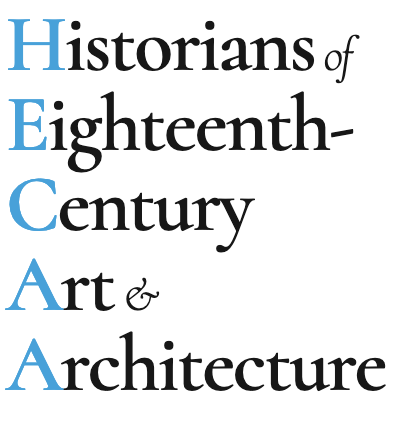

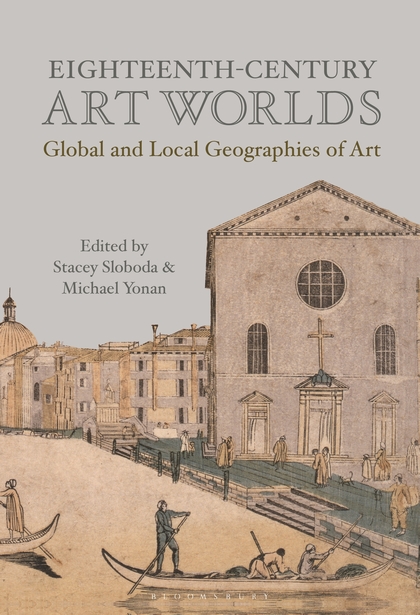

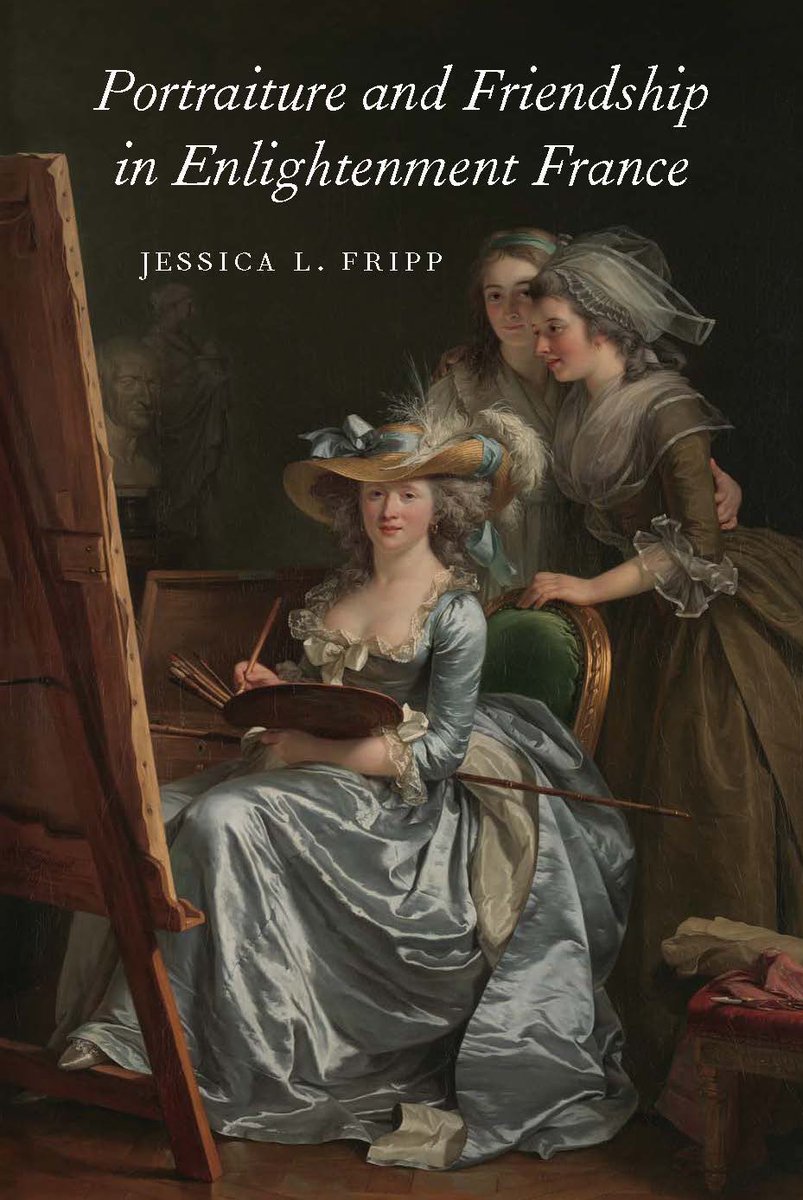















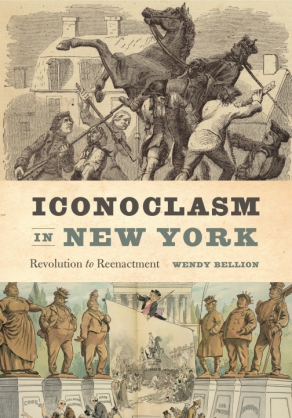



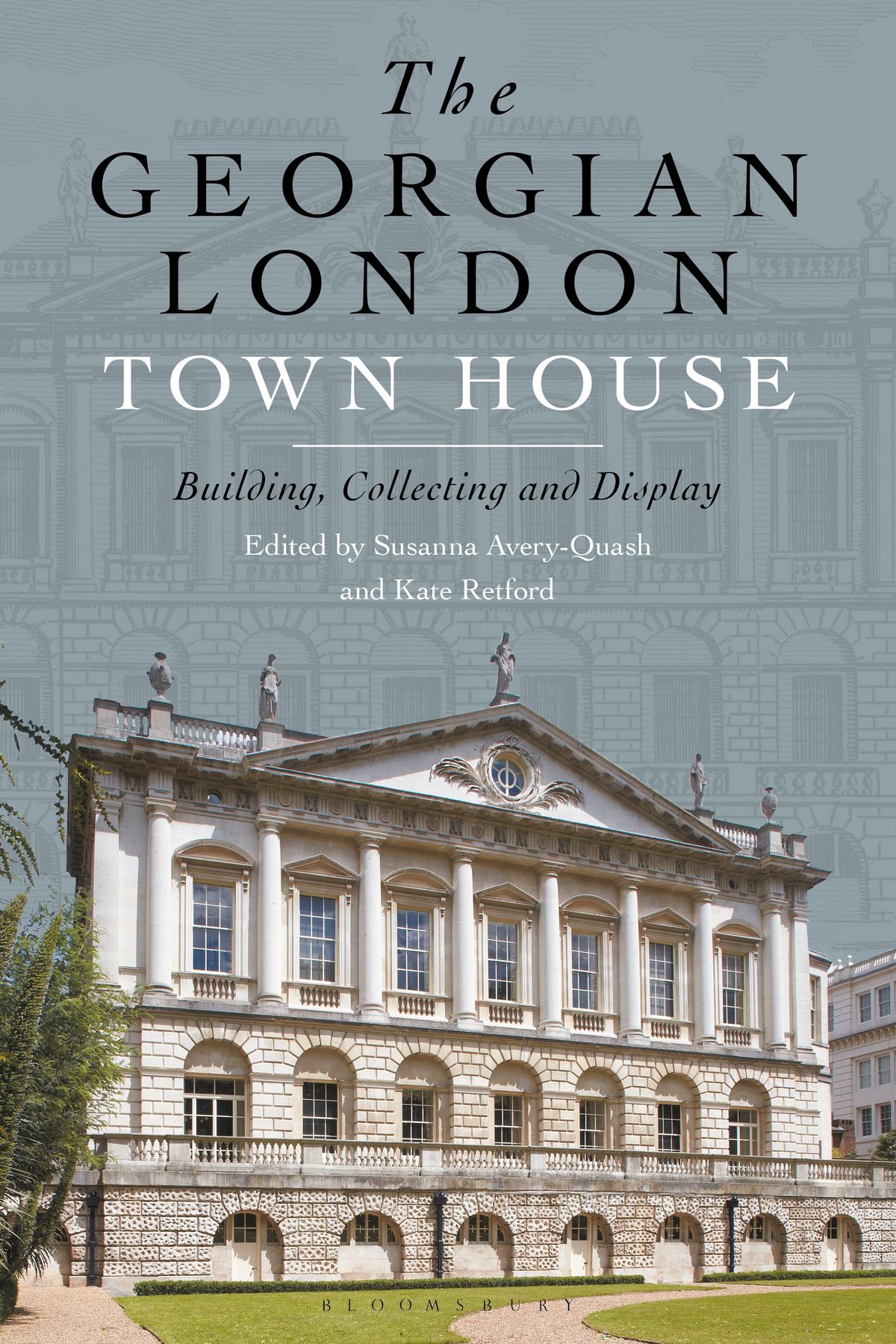


leave a comment